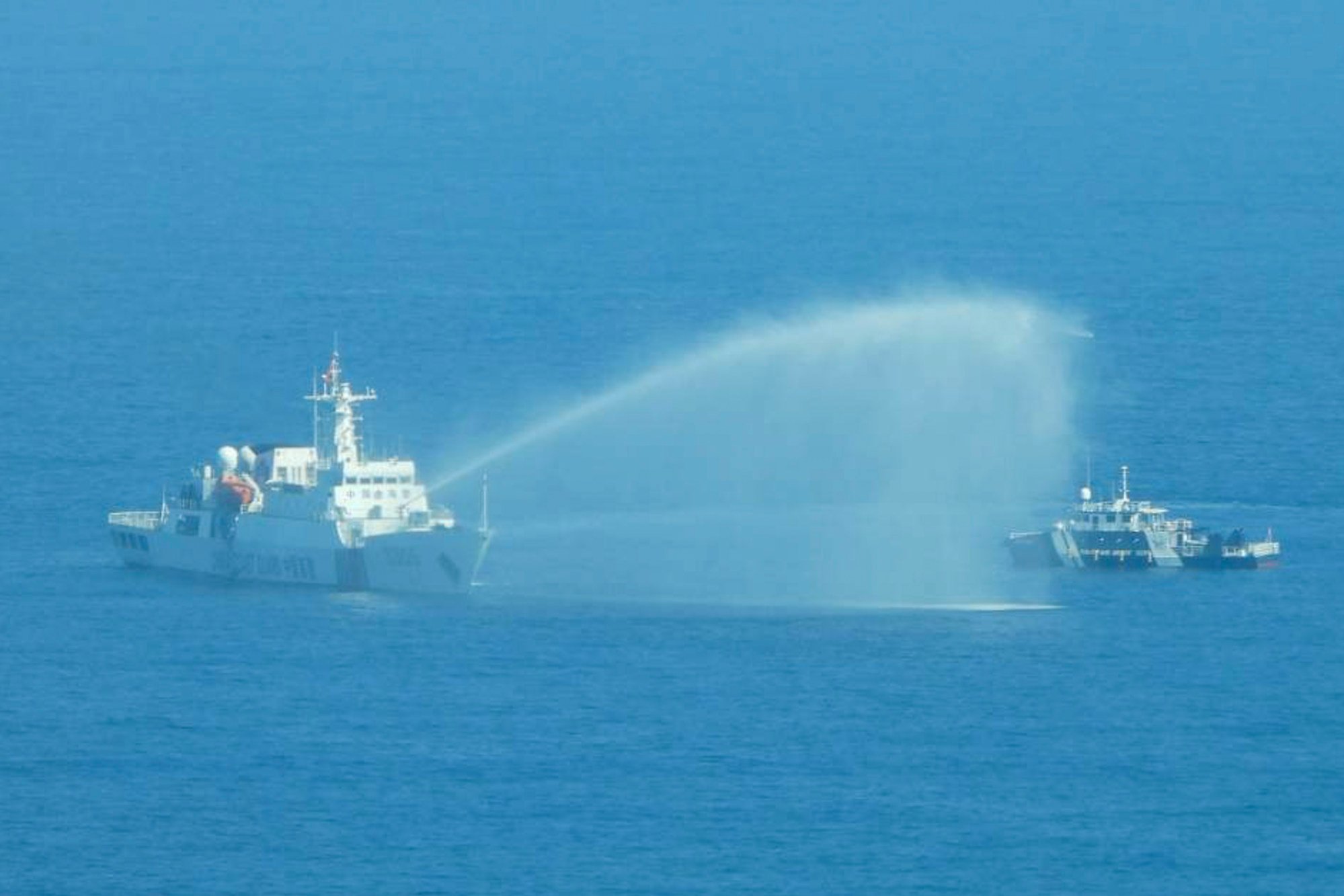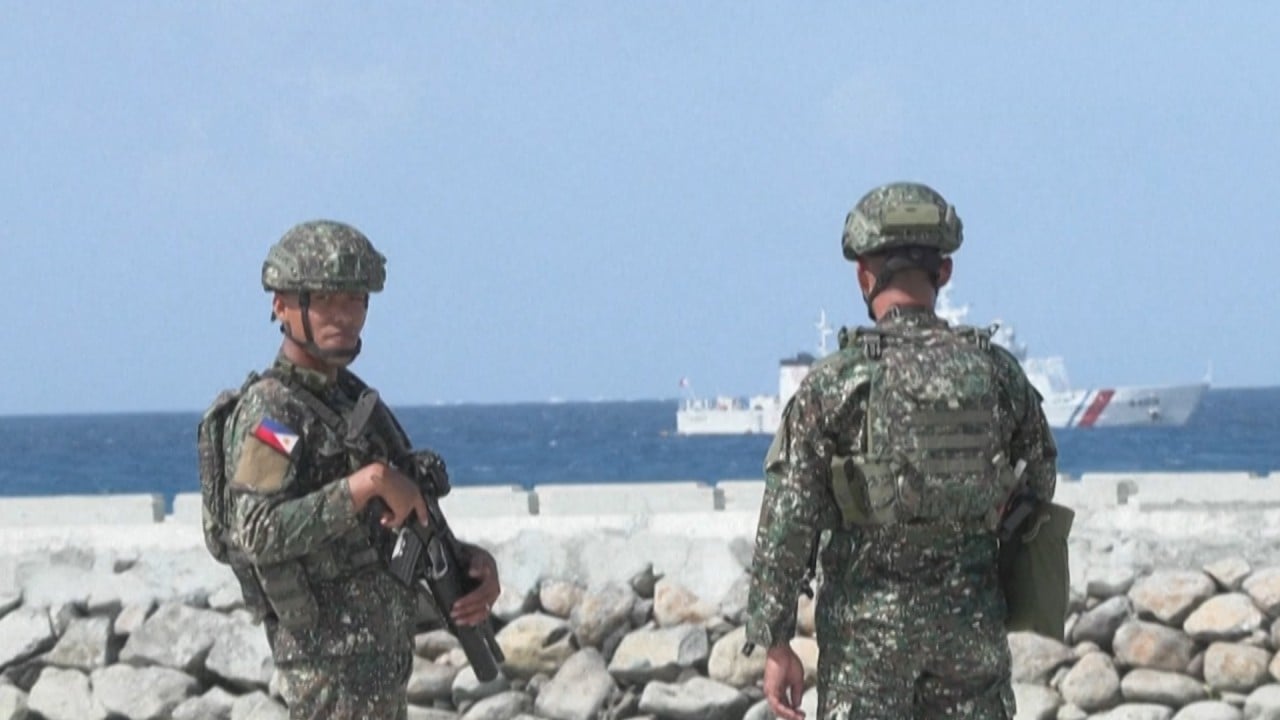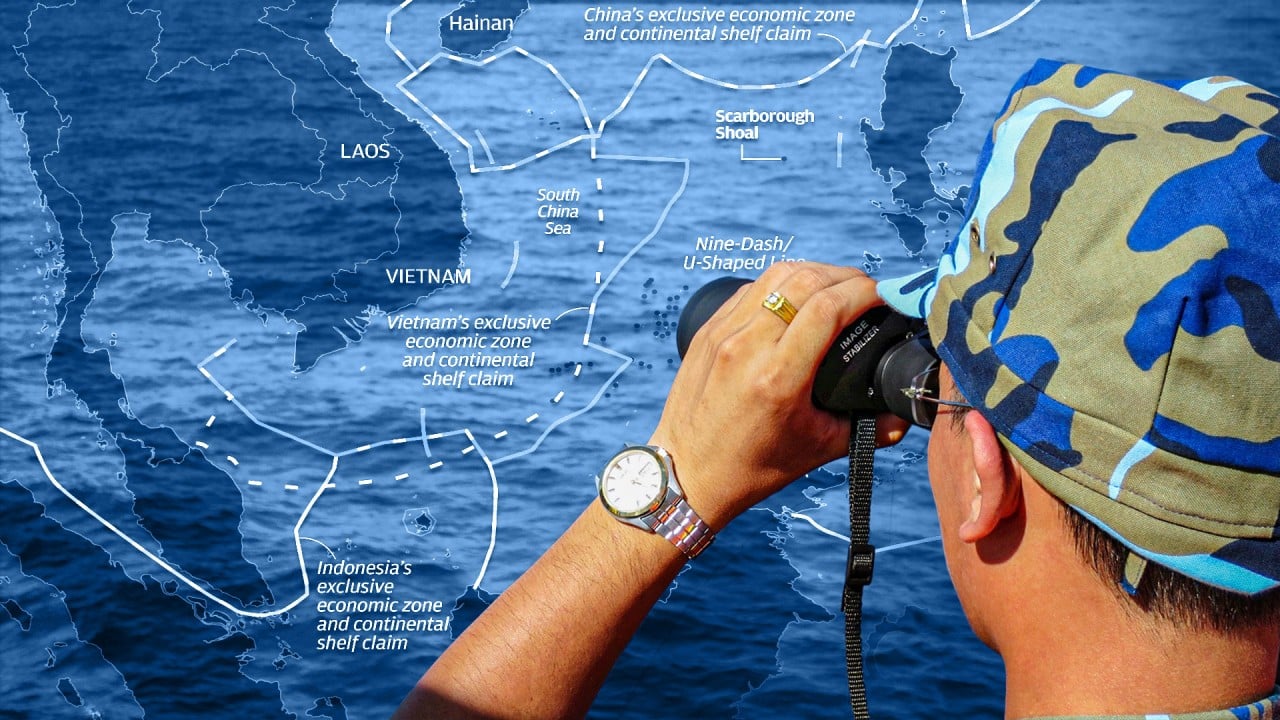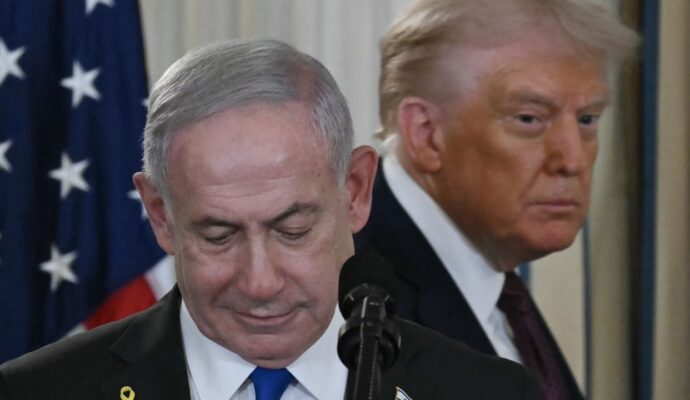“But my question is whether the other side will pick up the call – that’ll demonstrate whether the Chinese are indeed seeking to deliberately escalate,” Koh said.
Is Beijing warming to South China Sea code of conduct?
Is Beijing warming to South China Sea code of conduct?
Officials from both countries recently claimed the resumption of the channels was still on track, with the Pentagon insisting the two sides had been in “active coordination”.
Zhu Feng, an international relations professor at Nanjing University, said he believed recent confrontations between China and the Philippines would not disrupt the restoration of China-US military talks.
In the past, Beijing had blamed Washington, Zhu said, but it was unlikely to adopt this strategy now because it might undermine the agreement between Xi and Biden.
“On the other hand, it also shows the importance of resuming military exchanges between China and the United States to avoid accidental collisions … and amplifies the significance and role of military exchanges between China and the United States,” Zhu said.
However, some analysts warned that Beijing’s disputes with Manila over the Second Thomas Shoal could worsen.
“There are two factors that could impact the communications between the two militaries – one is accidental encounters in the air and sea, the other is third party factors,” said Hu Bo, director of the Centre for Maritime Strategy Studies at Peking University.
Beijing flexes muscles in South China Sea as Manila puts it on the defensive
Beijing flexes muscles in South China Sea as Manila puts it on the defensive
“If [Manila] insists on making trouble, it might increase the distrust and confrontations between China and the US.”
The Philippines and the US have improved their security alliance in the past year.
In addition to issuing diplomatic statements in support of the Philippines, the US is also reported by the online platform BenarNews to have deployed P-8 Poseidon aircraft near the Second Thomas Shoal providing “eye in the sky” support for a resupply mission in September.

“I don’t think any of the concerned parties seeks a premeditated armed conflict, but the risks of an inadvertent clash cannot be dismissed and looking at how events unfolded recently, the chances of such risks have become elevated,” Koh said.
Referring to a public satellite image which showed 11 Chinese vessels inside the Second Thomas Shoal while dozens more clustered around its exterior last week, Koh said that development would “represent a serious escalation”.
“The Chinese have done this even before the Americans started to more proactively support their Filipino allies. Essentially, what the Chinese are doing might potentially force the hand of the Americans.
“This may mean the US directly helping to escort future Philippine rotation and resupply missions to the shoal,” Koh said.
Manila risks Beijing’s wrath with ‘non-starter’ South China Sea mini pact plan
Manila risks Beijing’s wrath with ‘non-starter’ South China Sea mini pact plan
He added that Beijing “probably bet that the Americans wouldn’t up the ante, but this is a risky gamble since US credibility is at stake if it fails to respond in a resolute manner in supporting the Philippines against this latest move”.
If the Americans failed to respond, Koh said, there was a greater likelihood of China establishing de facto control of the shoal.
“So the risk of a clash may emanate from a Sino-Philippine clash, which may possibly draw the Americans into the fray since the mutual defence treaty could be invoked,” Koh warned.
However, despite the rising risks of accidents in the disputed waterways, analysts also believe it is not in the interest of either Beijing or Washington to let the situation spiral into a bigger conflict.
“I don’t think Beijing wants to take any action that might invoke the ‘armed attack’ clause out of the US-Philippine Mutual Defence Treaty, so it will need to calibrate its escalations,” said Ray Powell, director of the SeaLight project, which studies maritime “grey zone” activities.
Hu said that despite the mutual defence clause, the US was “unwilling to cause huge trouble” but warned that if things escalated it “will face a dilemma whether to meet its commitments or lose credibility”.
Philippines’ Marcos Jnr calls for ‘paradigm shift’ in South China Sea diplomacy
Philippines’ Marcos Jnr calls for ‘paradigm shift’ in South China Sea diplomacy
Washington’s support for Manila has so far been “limited” to protests through diplomatic statements, according to Chen Xiangmiao, assistant research fellow at the China National Institute for South China Sea Studies.
“The United States just made diplomatic statements, but in reality, the frontline support of the Philippines and the US is relatively limited,” Chen said.
“Therefore, what the Philippines is worried about is whether the US will reduce its support for Manila because of Sino-US relations.”
Zhang Xiaogang, a spokesman for China’s defence ministry, warned the US on Thursday to “act with caution” in the South China Sea.
Additional reporting Laura Zhou




